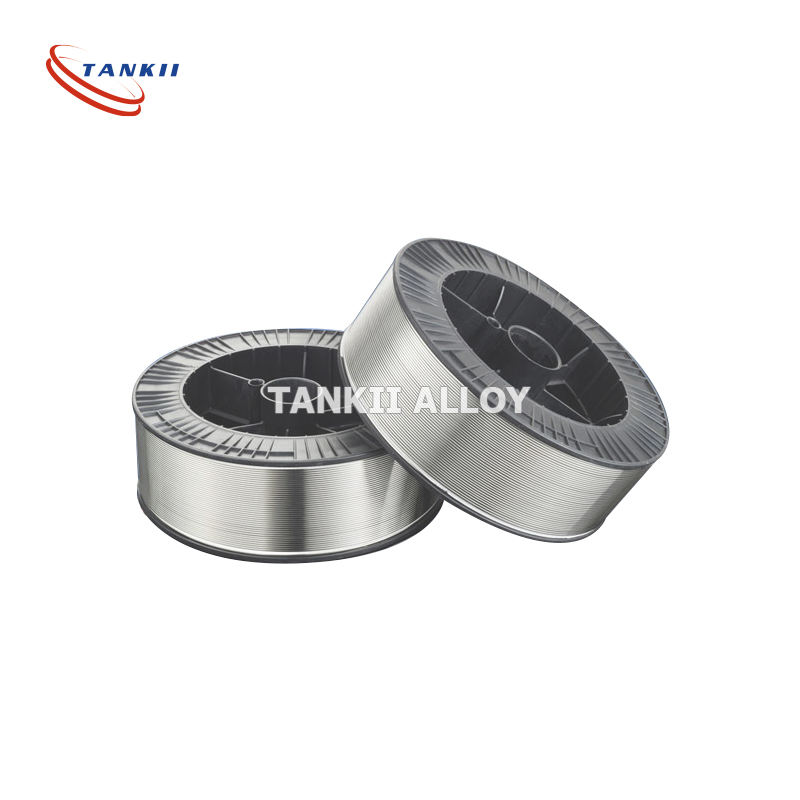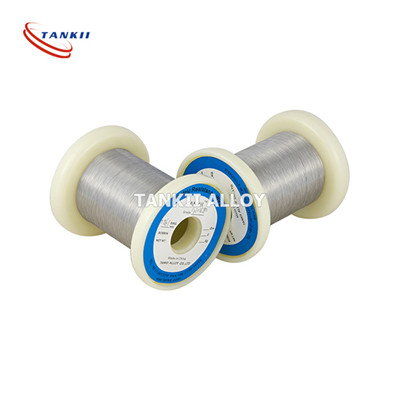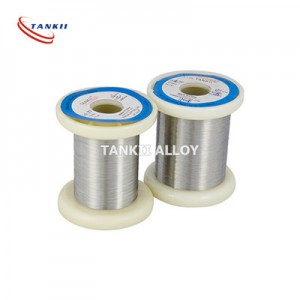Good quality 270 Alloy - Pure Nickel Wire (NI200 NI201) UNS NO2201 0.025mm – TANKII
Good quality 270 Alloy - Pure Nickel Wire (NI200 NI201) UNS NO2201 0.025mm – TANKII Detail:
pure or low-alloy nickel has characteristics that are useful in several fields, notably chemical processing and electronics. Pure Nickel is highly resistant to various reducing chemicals and is unexcelled in resistance to caustic alkalis. Compared with nickel alloys, commercially pure nickel has high electrical and thermal conductivity. It also has a high Curie temperature and good magnetostrictive properties. Annealed nickel has a low hardness and good ductility and malleability. Those attributes, combined with good weldability, make the metal highly fabricable. Pure Nickel has a relatively low work-hardening rate, but it can be cold worked to moderately high strength levels while maintaining ductility. Nickel 200 and Nickel 201 are available.
Nickel 200 (UNS N02200 / W. Nr. 2.4060 & 2.4066 / N6) is commercially pure (99.6%) wrought nickel. It has good mechanical properties and excellent resistance to many corrosive environments. Other useful features of the alloy are its magnetic and magnetostrictive properties, high thermal and electrical conductivities, low gas content and low vapor pressure. Chemical composition is shown in Table 1. The corrosion resistance of Nickel 200 makes it particularly useful for maintaining product purity in the handling of foods, synthetic fibers, and caustic alkalis; and also in structural applications where resistance to corrosion is a prime consideration. Other applications include chemical shipping drums, electrical and electronic parts, aerospace and missile components.
Chemical Composition (%)
C ≤ 0.10
Si ≤ 0.10
Mn≤ 0.05
S ≤ 0.020
P ≤ 0.020
Cu≤ 0.06
Cr≤ 0.20
Mo ≥ 0.20
Ni+Co ≥ 99.50
Applications: High-purity nickel foil is used to produce battery mesh, heating elements, gaskets, etc.
Available Product Forms: Pipe, tube, sheet, strip, plate, round bar, flat bar, forging stock, hexagon and wire.
Product detail pictures:
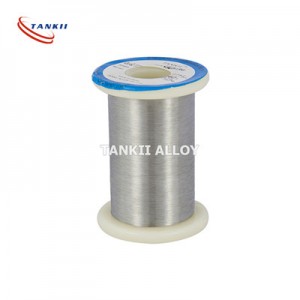
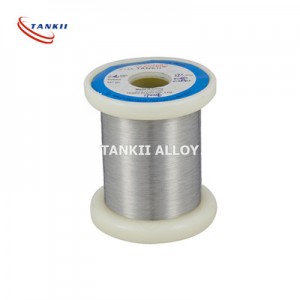
Related Product Guide:
Our organization promises all customers with the first-class products and solutions and the most satisfying post-sale service. We warmly welcome our regular and new clients to join us for Good quality 270 Alloy - Pure Nickel Wire (NI200 NI201) UNS NO2201 0.025mm – TANKII , The product will supply to all over the world, such as: Sao Paulo, Sacramento, French, Our factory is equipped with complete facility in 10000 square meters, which makes us be able to satisfy the producing and sales for most auto part solutions. Our advantage is full category, high quality and competitive price! Based on that, our products win a high admiration both at home and abroad.
Wide range, good quality, reasonable prices and good service, advanced equipment, excellent talents and continuously strengthened technology forces,a nice business partner.





